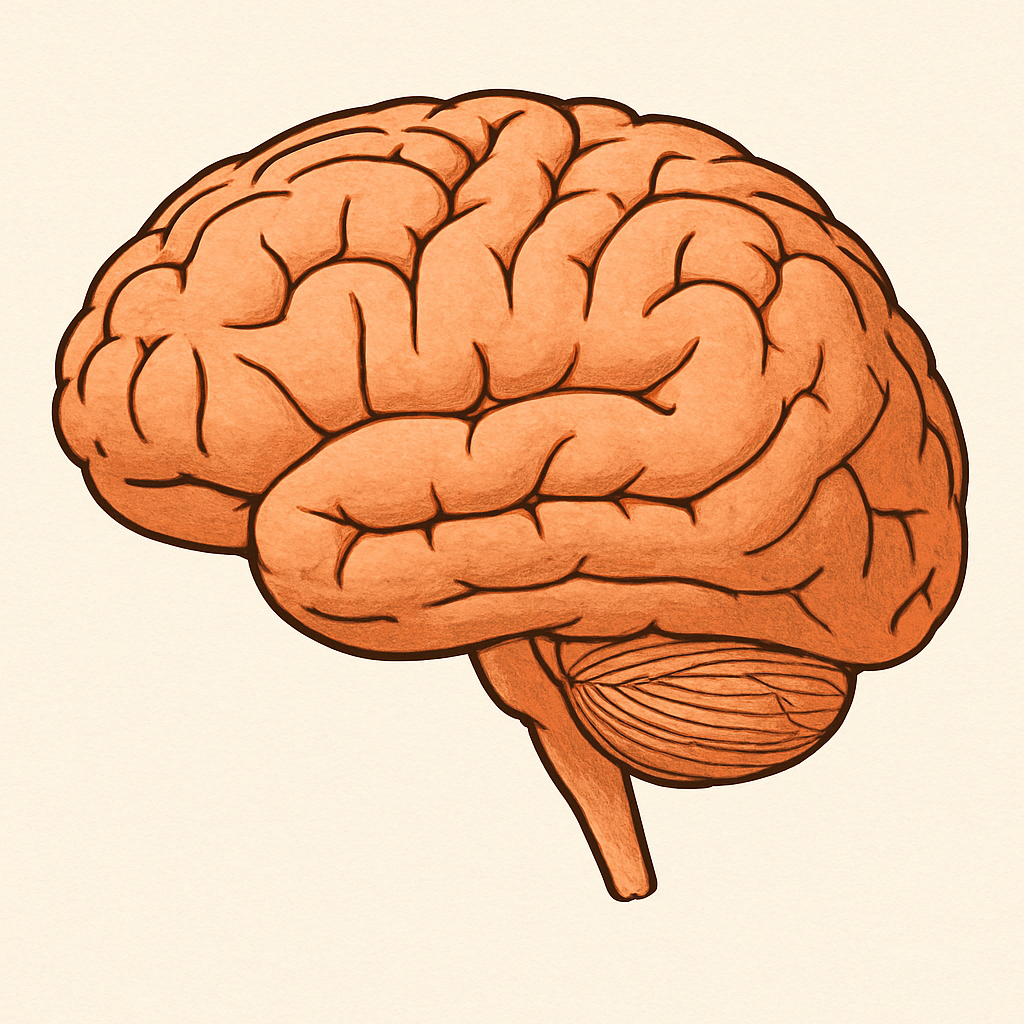
[객원 에디터 7기 / 이석현 기자] A recent study published in Cell reports a significant advance in the use of artificial intelligence for antibiotic resistance research. Researchers led by University of Pennsylvania Professor César de la Fuente used a machine learning algorithm to explore the global microbiome and uncovered almost one million new molecules with potential antimicrobial properties.
Traditionally, the discovery of new antibiotics involves labor-intensive methods such as collecting and analyzing water and soil samples to isolate microbes. This process is time-consuming and limited by the diversity of microbial life.
De la Fuente’s team developed an algorithm that mines the extensive microbial diversity in publicly available genomes and meta-genomes. This method allowed them to identify potential antibiotic candidates more efficiently.
“It would have taken many, many, many years to do that, but with an algorithm, we can sort through vast amounts of information, and it just speeds up the process,” de la Fuente explained.
The urgency of this research is underscored by statistics from the World Health Organization. It reported that antimicrobial resistance caused over 1.2 million deaths in 2019. Projections indicate that this figure could rise to 10 million deaths annually by 2050 if new antibiotics are not developed.
In their study, de la Fuente’s team synthesized 100 molecules predicted by their algorithm to possess antimicrobial activity. Laboratory tests confirmed that 79% of these molecules could kill at least one microbe, including some of the most dangerous pathogens today. This high success rate suggests that these molecules could be further developed into effective antibiotics.
In a bid to advance science and benefit humanity, the authors have made their data and code publicly available. De la Fuente expressed hope that both his team and other researchers will continue to investigate the most promising candidates, potentially advancing them to phase one clinical trials. However, he cautioned that this process remains in its early stages.
While AI has sparked concerns about job displacement, particularly in scientific research, de la Fuente emphasized that it will facilitate collaboration between humans and machines rather than replace human researchers.
Anthony Gitter, a computation biology and bioinformatics professor at the University of Wisconsin-Madison, highlighted the importance of this AI-driven approach. He noted that the study’s importance lies in its integration of microbial genomic data with machine learning to identify and validate antimicrobial peptides, both computationally and experimentally.
This study is part of a broader trend of integrating AI into biological research. For instance, Google DeepMind’s AlphaFold program, which predicts protein interactions, promises breakthroughs in areas like cancer therapy and crop resilience.
However, experts like Lisa Messeri, an anthropologist of technology at Yale University, urge caution. While AI and machine learning are valuable for specific projects, not all scientific inquiries need these tools. Researchers must carefully consider when to apply AI to avoid overshadowing other valuable methodologies.
Sources: The Guardian, News Minimalist, MIT News





